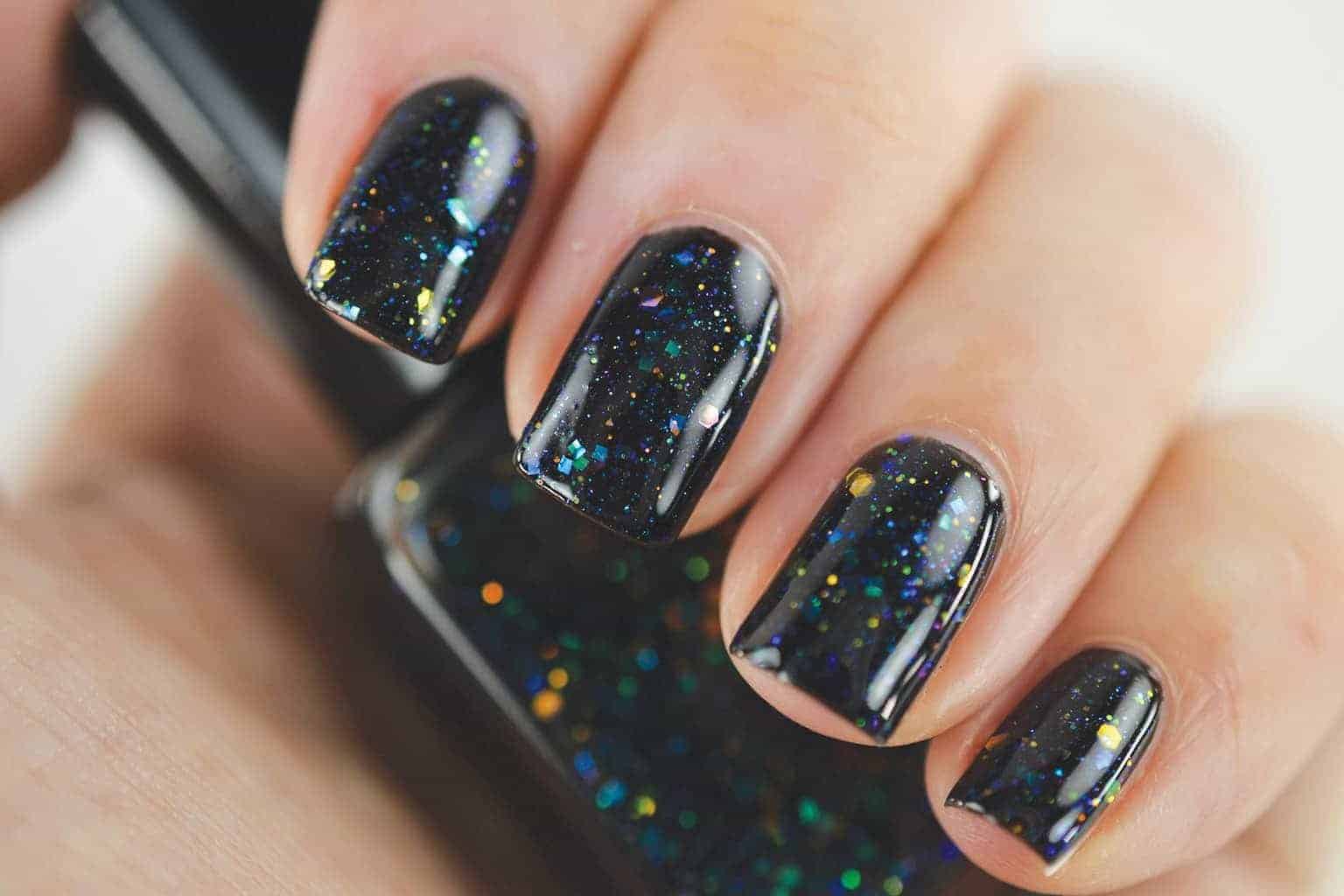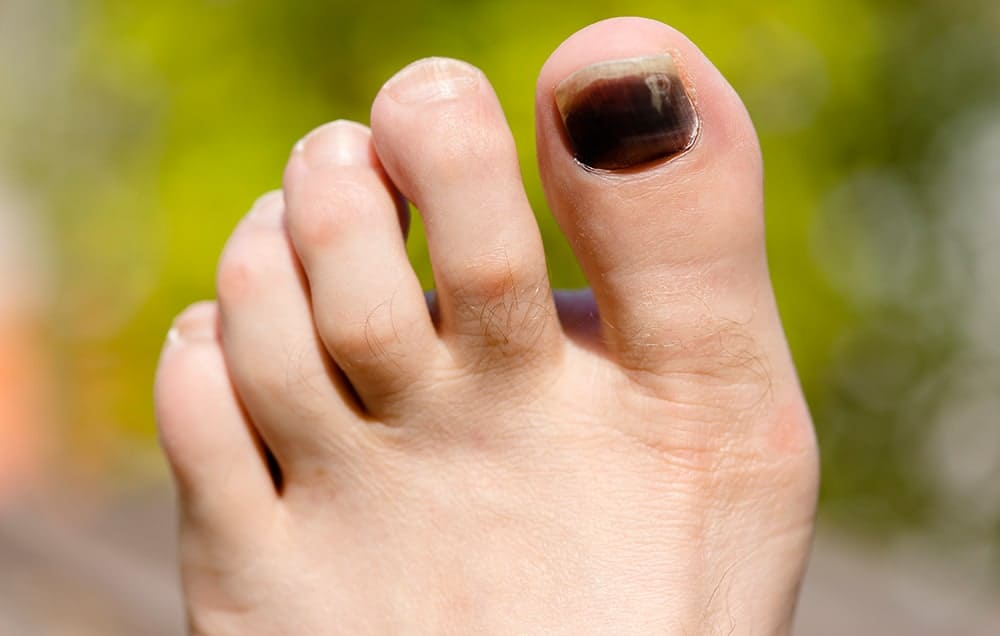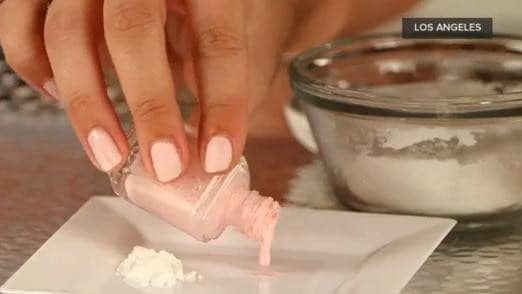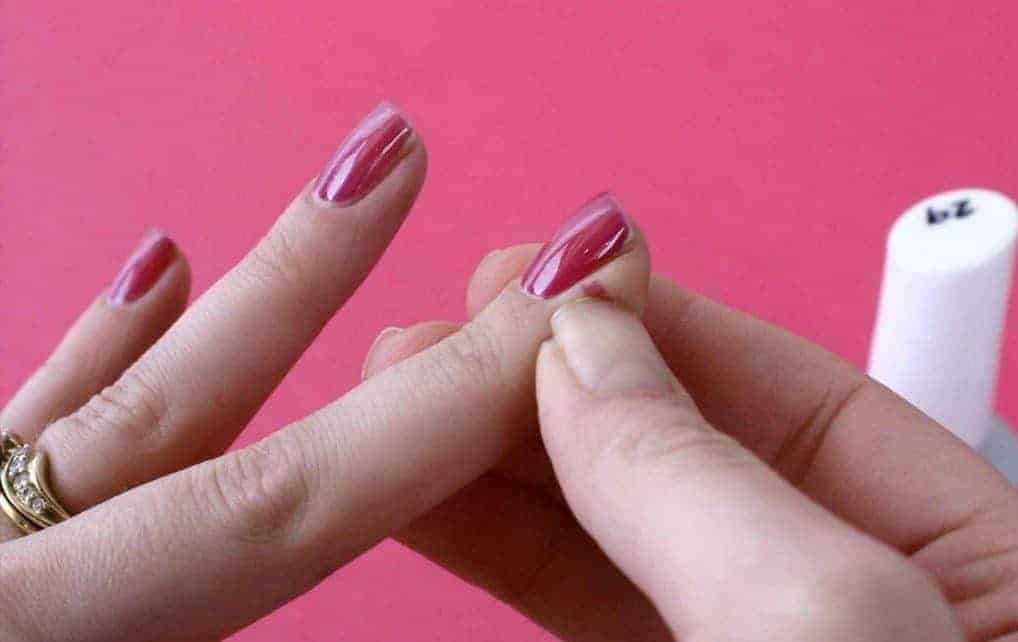5 Effective Tips to Stop Acrylic Nails from Lifting
Whether you’ve been getting acrylics religiously for years or you’re brand new to the simple pleasures of artificial nails, it’s important to know how to stop your acrylics from lifting after you step out of the salon.
All of the advice below derives from the same crucial suggestion: Leave your acrylics alone as much as possible. Just like a traditional manicure, powder dip, or luxurious gel polish, acrylics keep looking their best when they’re left alone.
Fiddling with your acrylics is one of the easiest ways to cause lifting. Corrections, maintenance, and improvement of your acrylics should be reserved for your nail technician or your dedicated nail care time.
What Is Lifting?

Source: Instagram
Lifting results from the loosening of the adhesive used to attach the plastic tip to your natural nail bed. When this adhesive begins to degrade and fail, your acrylics become loose and can sometimes lift completely away from the nail bed.
While the acrylic polymers used to shape your artificial nails adhere quite well to your natural nail beds on their own, plastic tips require adhesive. But, these glues aren’t industrial grade, since they need to be body-safe and removable.
But, when the adhesive begins to lift the plastic tip, water, sediments, and other substances can penetrate into the cracks, affecting the acrylic polymer that should be strongly adhering to your natural nail bed, weakening that bond.
Related: This Is Why Acrylic Nails Keep Popping-off
How to Stop Acrylic Nails from Lifting
While lifting doesn’t usually result in any damage to your nails or skin, vulnerabilities in adhesive and acrylic polymers can trap bacteria under your artificial nails, resulting in an infection.
But even if your acrylic nails aren’t infected, lifting is both uncomfortable and distracting. Beauty experts who know how to stop acrylic nails from lifting swear by these sure-fire tips.
#1. Keep Your Nails Out of Your Mouth

People around the country resort to adding acrylic nails to prevent nail-biting. The problem is that, while they can’t physically bite their nails, nail-biters are used to having their fingers in their mouths.
Nail-biters already know that this is an unsanitary practice, but some habits are hard to break. Nail-biting can even be a symptom of a mental health disorder like attention deficit hyperactivity disorder (ADHD) or obsessive-compulsive disorder (OCD).
If you’re a nail-biter, do your best to keep your fingers out of your mouth. Subjecting your acrylics to moisture is a recipe for adhesive degradation and, as a result, lifting.
#2. Hand-Washing
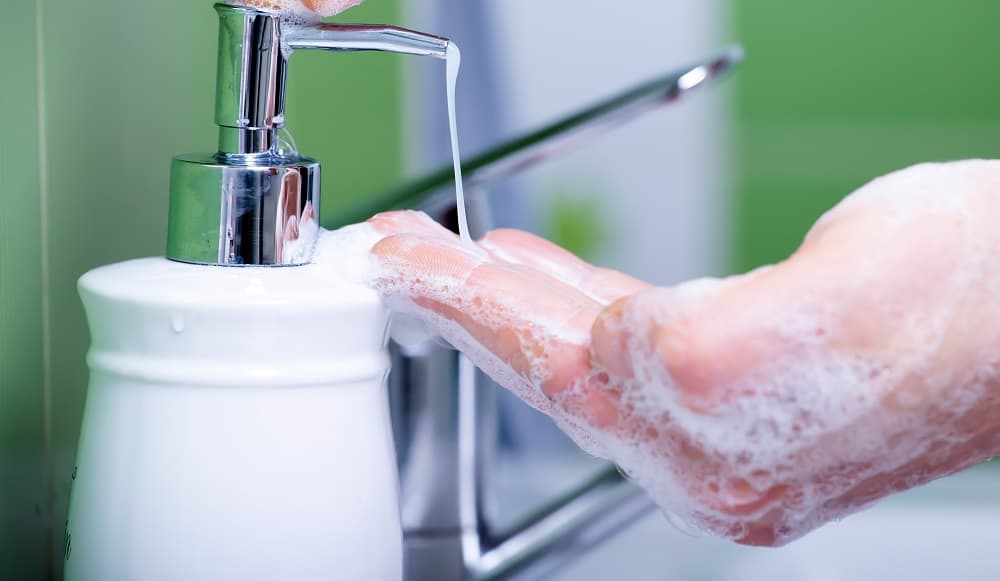
While hand-washing is an integral part of personal hygiene and an effective measure to prevent the spread of diseases, people with acrylic nails should take special care while washing their hands. There are two important elements of hand-washing with acrylics:
- Use a gentle soap without beads, harsh chemicals, or exfoliants.
- Thoroughly dry your hands and underneath your plastic tips.
Antibacterial soaps, while very effective, contain nonpolar solvents that can degrade the nonpolar adhesive used to attach plastic tips to your natural nails. As stated above, this degradation can result in lifting. Water-based foaming soap is an excellent alternative.
If your acrylics retain moisture, it can do a number on your acrylics. Not only can it degrade the adhesive, but it can collect bacteria that are left behind under your acrylics as the moisture evaporates. Dry your hands as thoroughly as possible after hand-washing to prevent both lifting and bacteria build-up.
#3. Avoid Exfoliants

Exfoliant hand soaps or body scrubs contain undissolved sediments like sugar, salt, sand, and other organic particulates like walnut powder. While these products can sometimes result in unclogged pores for some users, they’re kryptonite for your acrylic nails.
Even if you’re not using exfoliants specifically on your hands, the sediments in these products can make their way under your nails, both degrading the adhesive used for the plastic tip and creating small cracks and vulnerabilities in the acrylic polymers themselves.
You can already guess the result of these impacts: an invasion of additional moisture, bacteria collection, and lifting.
#4. Wear Gloves During Hands-On Work
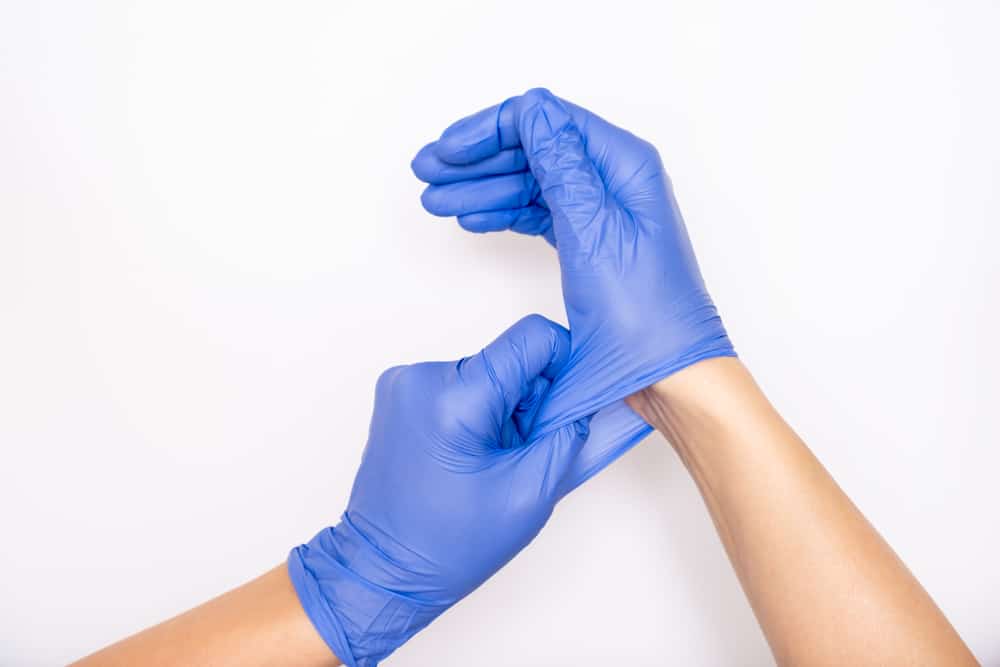
If you’re new to do acrylic nails, you may not realize just how hard you are on your hands every day. While not everyone works on a construction crew, washes customers’ hair in a nail salon, or digs in the dirt at a plant nursery, nearly everyone does one of the most nail-destroying activities: washing dishes.
Wearing gloves while you’re washing dishes, cooking, doing yard work, or cleaning the house can prevent moisture and dust from penetrating both the adhesive and the acrylic polymers used in artificial nails.
Being proactive about this will lead to less moisture trapping, germ infestation, and degradation of the adhesives, all of which can cause lifting.
#5. Keeping Acrylics Safe Until Your Next Fill
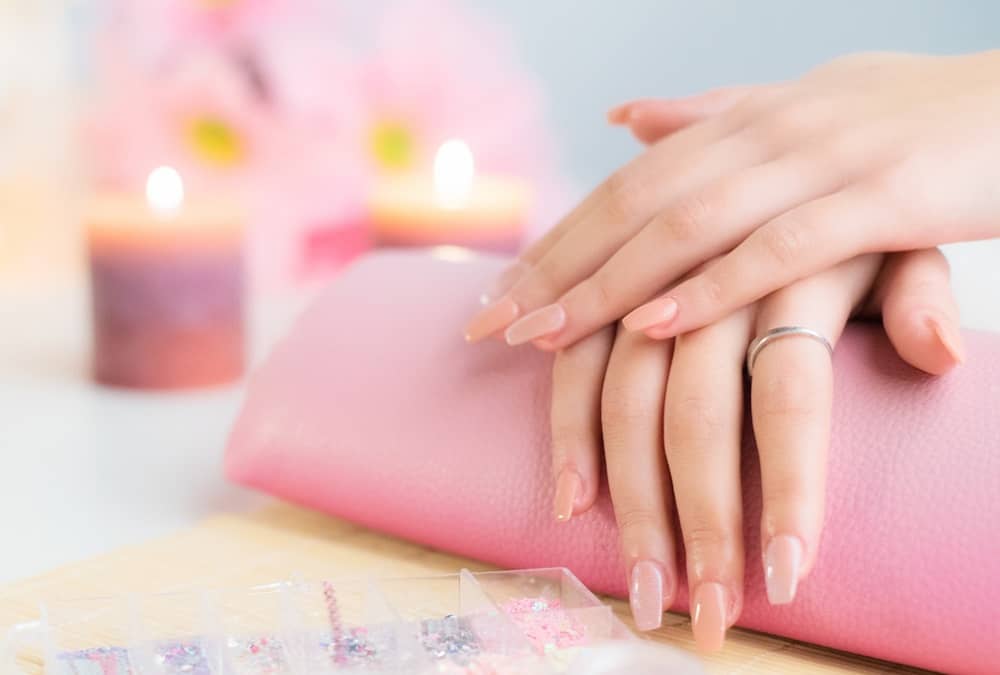
Now that you know how to stop acrylic nails from lifting, you can spread this advice far and wife to your fellow lacqueristas! Especially if you’re creating and maintaining your own acrylics at home, preventing lifting will strengthen your nails, their longevity and appearance.
Follow the tips above if you want to keep your acrylics tight to your natural nail bed, clean, and shiny until you make time for a fill. Lose the lift and show your acrylics the love they deserve!
